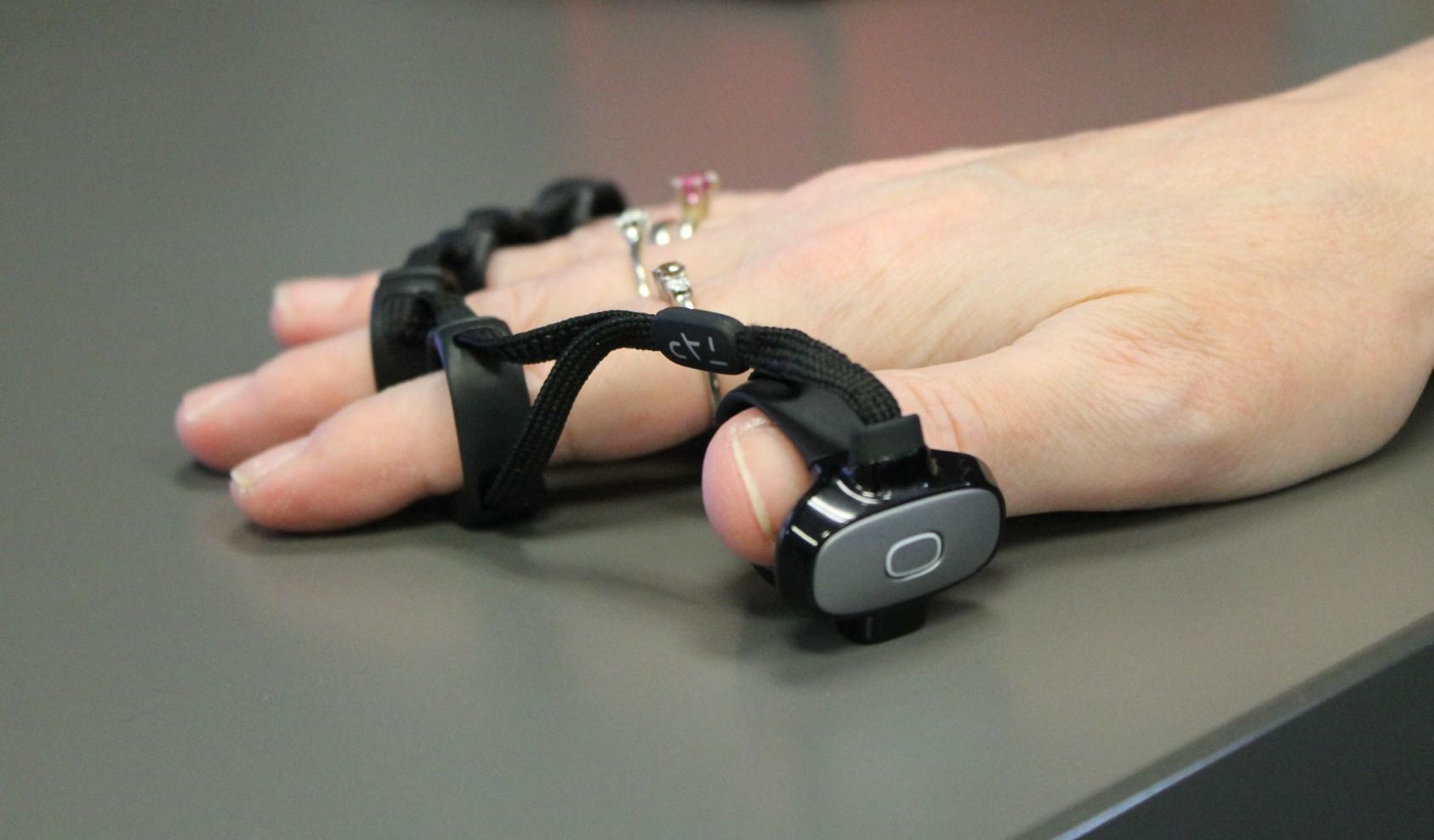Accessibility when facilitating online courses

How this will help:
The basics
Although accessibility needs to be at the forefront of an instructor’s mind when designing a course, it is also important for instructors who are teaching a course. Even if it has not been designed to be intentional about making the learning experience accessible to all students, there are important checks and decisions an instructor should make before the first day of class as well as actions an instructor can take during a term to maximize the accessibility of a course.
Some of these strategies will only be applicable if the instructor has autonomy to make changes to the curriculum, while others are generally applicable.
Prior to the first day
When preparing to teach an online course, creating a syllabus that demonstrates your teaching philosophy and values is one of the first steps you can make to build a connection between you and your students. Make sure that your syllabus includes language about
- How to obtain accommodations for disabilities (sample text available from the Services for Students with Disabilities),
- Your willingness to hear students’ concerns about the accessibility of course content and the technology used in the course, and
- Clear descriptions of the kinds of assignments and assessments in the course so that students can anticipate what kinds of accommodations they may need.
Ideally, the accessibility of the course content was established by the team that designed the course, but you should review the content to make sure all readings/documents are screen reader accessible, all videos are captioned, and all visuals have audio descriptions or alt text. If you have flexibility in what readings/content to use in the curriculum, consider switching out content that is behind a paywall to open access/Creative Commons licensed resources.
Similarly, if the technologies students are expected to use have a cost associated with them or are not accessible, identify alternative tools to use. Note that sometimes using a tool that has a cost is better than using a free application, especially when the company that owns the tools uses or sells student data in ways that students cannot opt out of.
If there is not one currently in your syllabus, adding a statement informing students that you are willing to accommodate their accessibility needs is a great first step to take. You can find a template to adapt for your course on the CRLT website. Besides the syllabus, you can also consider verbally telling your students about accommodation in the first class. Although students remain the right to not disclose their disabilities, please do remind students that the earlier they get in contact with the Services for Students with Disabilities, the earlier the accommodation can be put in place once requested. If students declare in advance of the start of the course that they will need accommodations to equitably participate in the course, make sure to connect with Services for Students with Disabilities (SSD) to identify specific steps you need to take to make your course accessible. This might include setting your synchronous sessions up to be captioned or recording your synchronous sessions so students can access them later.
On the first day
The first day of an online course may or may not include a synchronous interaction; either way it is important to reinforce the messages around accessibility you put into your syllabus. If you aren’t meeting with students in the first week of the term, this might take the form of an email to students on the first day of the term or an audio or video recording of what you would say during a synchronous meeting.
Set norms, but be flexible. Create a plan that will likely need to iterate and evolve as you understand the needs of your learners better.
- One idea for making synchronous sessions more accessible, both to students with disabilities and to learners who aren’t using video to connect to the class session is to ask students to say their name every time they speak. For example, getting into the habit of saying “X speaking” helps everyone orient to a new voice in a videoconference call.
- Instructors should also develop a clear plan for how students will ask questions and interact with one another, which needs to include considerations for students with hearing and/or visual impairments, who lack of access to broadband internet access, eliminating their ability to use video, and students who can’t or choose not to use video connections to synchronous sessions.
Throughout the term
Much of what you need to do during the term is remain consistent with the values and practices you set up at the beginning of the course – enforce best practices for introducing oneself before speaking, monitoring the channels set up for discussion to make sure they are accessible to all, and being responsive when a student needs an accommodation. Other things you can try to include:
- Using explicit verbal cues as to how to use tools to orient learners who may not be looking at a video demonstration
- Using descriptive language to describe visuals you might be using in a presentation
- Provide guidelines to any guest speakers about maximizing their audience’s engagement with their lecture(s)
- When possible, provide lecture slides and course materials in advance of a synchronous session. This practice allows learners to adapt and process materials in a way that meets their needs, as well as providing an opportunity for learners to surface needs.
- After synchronous sessions, post both the text transcript and recording, if possible.
Practical tips
- First day – inform students about SSD and requesting accommodations
- Be responsive to accommodation requests; students may encounter changes in their circumstances that impact what they need to fully participate, and their requests may not all appear at the start of the term
- Add captions and/or transcripts to existing videos and audio from the course
- If possible, replace scanned copies of documents with online versions of the text (library resources, online journals, etc) or versions that have been appropriately OCRed
- Make sure the smallest font size in your documents is at least larger than 10 pt. 12+ is preferred.
- Ensure high color contrast between text and the background color
- Offering additional office hours/student visiting hours can provide space for students to discuss accessibility issues and difficulties navigating the online learning environment
Resources
University of Michigan
Accessibility- Resources & guides
ITS- Adaptive technologies
– Instructional accessibility tips
Library- Describing visual resources toolkit
Other Resources
Center for Applied Special Technology – Information on universal design for learning (UDL)
Microsoft Office- Making word documents accessible



